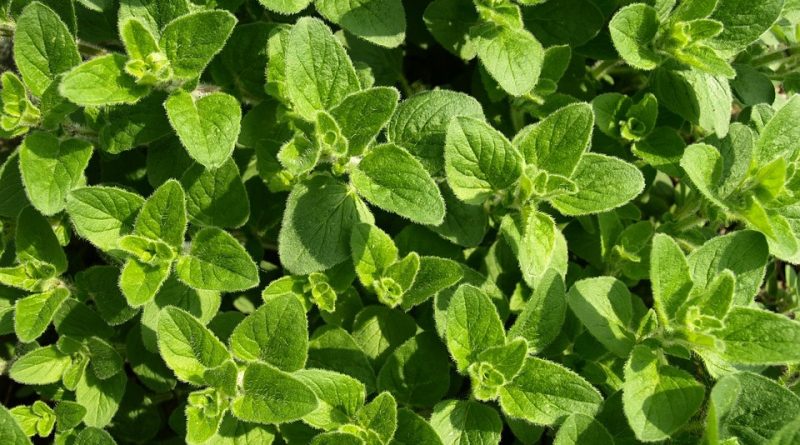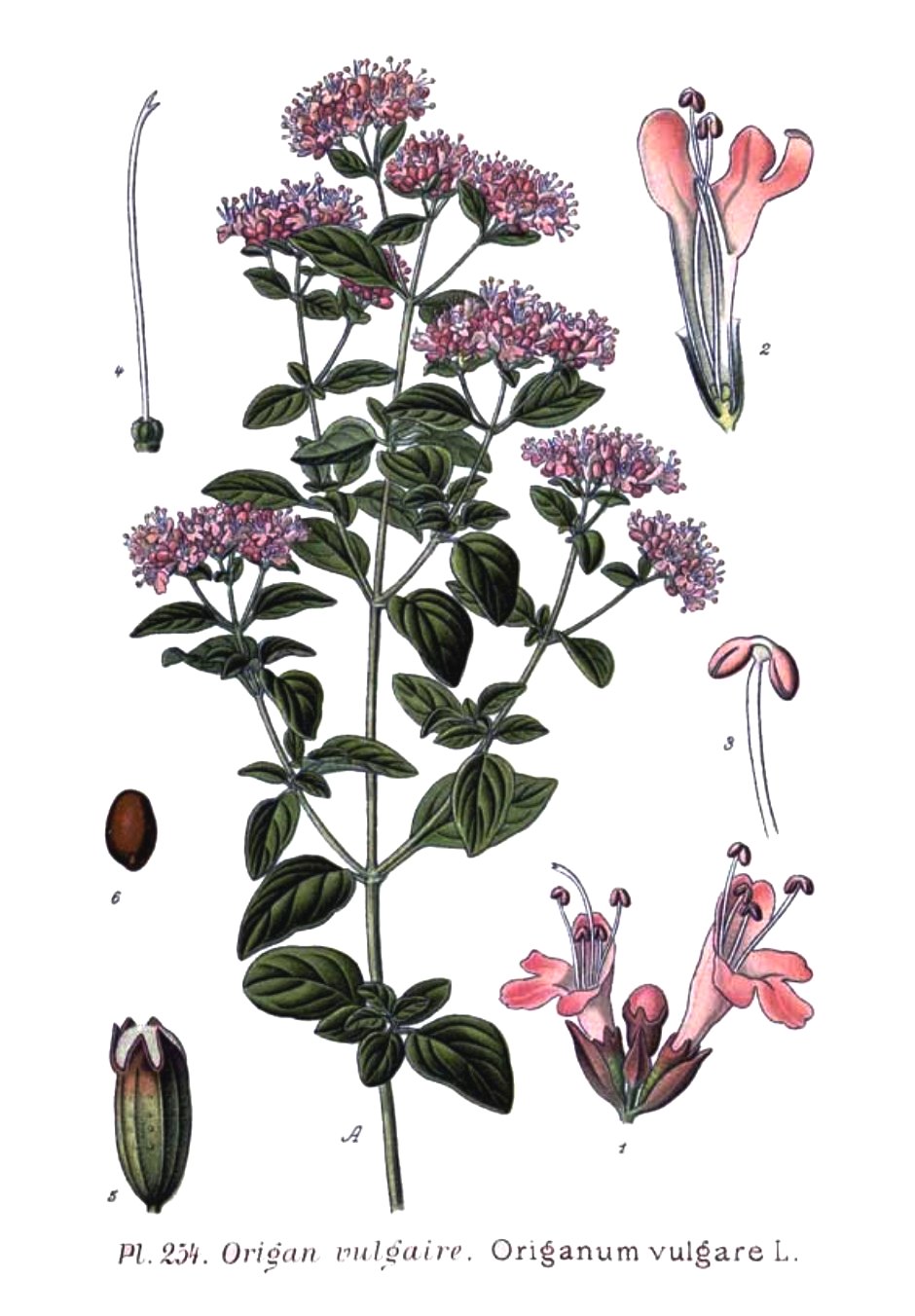Origanum vulgare
Origanum vulgare
The oregano (scientific name Origanum vulgare L., 1753) is an aromatic perennial herbaceous species of the Lamiaceae family.
Systematics –
From the systematic point of view it belongs to the Domain Eukaryota, Kingdom Plantae, Subarign Tracheobionta, Superdivisione Spermatophyta, Magnoliophyta Division, Magnoliopsida Class, Sottoclasse Asteridae, Order Lamiales, Family Lamiaceae, Tribe Mentheae and then to the genus Origanum and to the species O. vulgare.
Etymology –
The term Origanum comes from the Greek ὄρος óros, mount and from γάνος gános, showy beauty, pleasure: splendor of the mountain, reference to the natural habitat. The specific epithet derives from vúlgus volgo: very common, ordinary for the great diffusion, banal.
Geographic Distribution and Habitat –
The Origanum vulgare is a plant native to Europe and western Asia. In Italy it is present in almost all the regions, from the plan up to 1,300 meters.
Description –
The Origanum vulgare is characterized by a height of 30-80 cm; herbaceous and broad-leaved plant, perennial biological cycle, with buds wintering at ground level and protected by litter or snow and with an erect, often leafless, flowering axis. The leaves are dark green, opposite, ovate-lanceolate, spicy. The flowers are pink or purple, gathered in glomeruli that form corimbinous inflorescences.
Cultivation –
The common oregano can be propagated by sowing (to be carried out in the spring) or by division of the rooted plants (in spring or after flowering). For the collection of leaves and flowering ends it is necessary to intervene at the beginning of the flowering, while for the conservation it is necessary to dry in a shady and ventilated place. For the cultivation technique, the following sheet can be consulted.
Uses and Traditions –
There is a famous legend that tells the origin of this plant. It is said that near the king of Cyprus lived a sensitive and gentle young man, whose name was Amaraco (in Spanish, oregano has this term). One day he was instructed to bring a precious cruet containing fragrant perfume to the king’s table, which he intended to amaze his guests. When Amaraco entered the room, he stumbled badly and the ampoule fell from his hand into a thousand pieces. So much was his despair that he died of a broken heart. At this sight the gods were moved by so much contrition, and turned it into the oregano plant, attributing to it the extraordinary fragrance of the ointment that had somehow caused his death.
In ancient Rome, dried oregano was one of the ingredients of the renowned garum. Its use continued even in the following centuries, especially in the Southern cuisine, confirming we find it quoted only in Roman and southern recipes. Its ascent to the north is therefore relatively recent, and in fact it coincides above all with the spread of pizza.
This plant also has therapeutic properties: aperitifs, digestive, carminative, tonic-stimulants.
Preparation Mode –
Common oregano is widely used in cooking, especially for flavoring meat, fish, mushrooms, vegetables, salads, etc. Southern oregano, Origanum heracleoticum L. (formerly Origanum vulgare ssp. viridulum Nyman) is very fragrant, widespread in southern Italy and in the islands, a fundamental ingredient of pizza and many other Mediterranean dishes.
Guido Bissanti
Sources
– Acta Plantarum – Flora of the Italian Regions.
– Wikipedia, the free encyclopedia.
– Treben M., 2000. Health from the Pharmacy of the Lord, Advice and experience with medicinal herbs, Ennsthaler Publisher
– Pignatti S., 1982. Flora of Italy, Edagricole, Bologna.
– Conti F., Abbate G., Alessandrini A., Blasi C. (edited by), 2005. An annotated checklist of the Italian vascular flora, Palombi Editore.
Warning: Pharmaceutical applications and alimurgical uses are indicated for informational purposes only and do not in any way represent a medical prescription; there is therefore no liability for their use for curative, aesthetic or food purposes.


